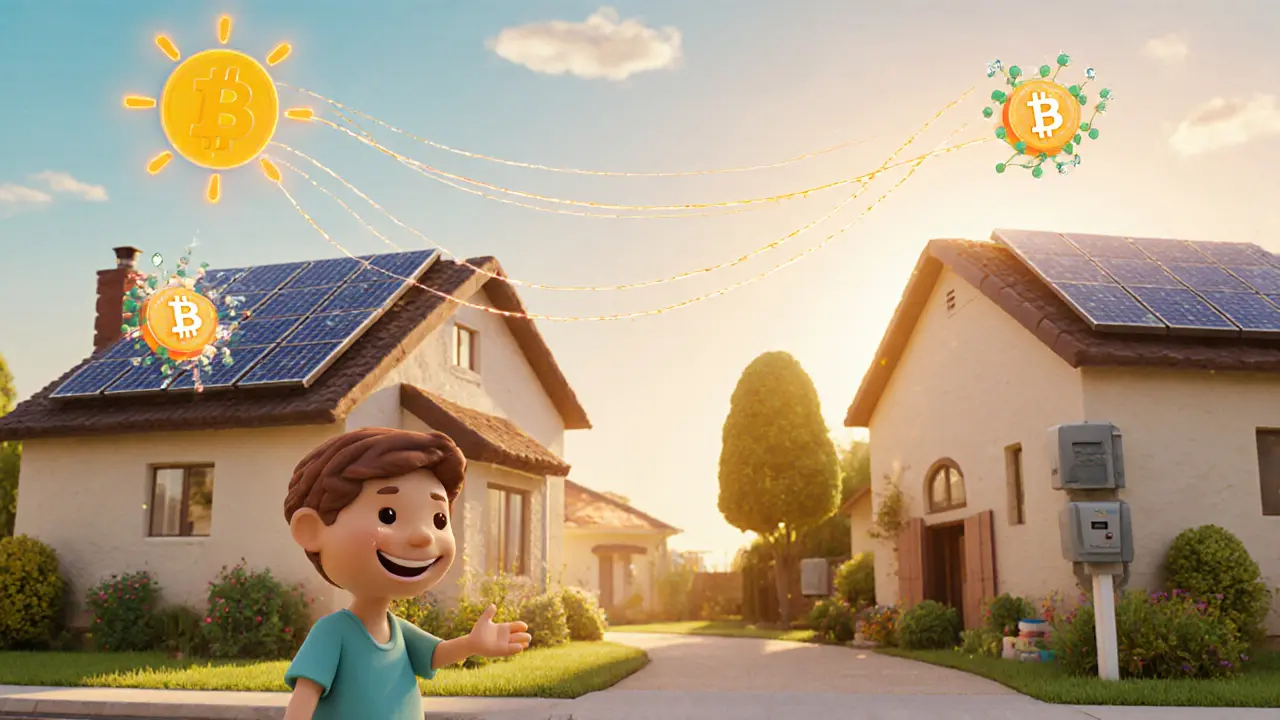Smart Contracts in Energy: How Blockchain is Changing Power Grids and Utilities
When you think of smart contracts, self-executing agreements coded on a blockchain that run without intermediaries. Also known as blockchain agreements, they don’t just handle crypto trades—they’re now turning energy grids into automated, peer-to-peer marketplaces. Imagine your solar panels selling extra power directly to your neighbor, with payment happening instantly, no bank or utility company in between. That’s not science fiction. It’s already happening in microgrids from Brooklyn to Berlin.
blockchain energy, the use of distributed ledger technology to track and trade electricity generation and consumption removes middlemen, cuts administrative costs, and gives consumers real control over their energy use. In places like Australia and Japan, households with solar panels are using blockchain platforms to trade surplus power in real time. These systems rely on DeFi energy, decentralized finance tools adapted for energy markets, enabling tokenized energy credits and automated billing. No more monthly bills. No more guesswork. Just clean energy moving where it’s needed, paid for in crypto or tokens, recorded on-chain.
It’s not just about selling power. smart contract applications, automated rules triggered by real-world events like weather or grid demand are helping utilities balance supply and demand. If wind speeds drop, a smart contract can instantly activate backup batteries or signal nearby solar farms to ramp up. If a grid node goes offline, payments automatically reroute. This isn’t theoretical—it’s been tested in pilot programs by companies like Power Ledger and LO3 Energy. These systems reduce blackouts, lower emissions, and make renewable energy more reliable.
But here’s the catch: most of these projects are small, local, and still growing. You won’t find them on your utility’s website yet. That’s why the posts below dive into real cases—where smart contracts in energy are working, where they’ve failed, and what’s holding them back. You’ll see how energy tokenization works, why some projects collapsed from poor design, and how regulators are reacting. Some posts even show how hackers targeted flawed energy contracts. This isn’t hype. It’s the messy, real-world rollout of a technology that could redefine how we use power.
How Blockchain Enables Energy Markets
Blockchain enables peer-to-peer energy trading, transparent renewable certificates, and smart grid automation-cutting costs, boosting renewables, and giving consumers real control over their energy. This is the future of power.
